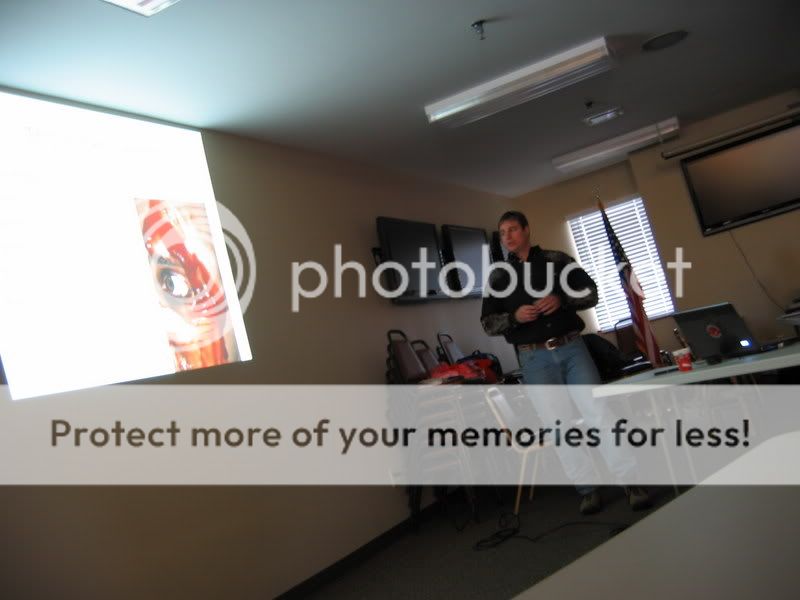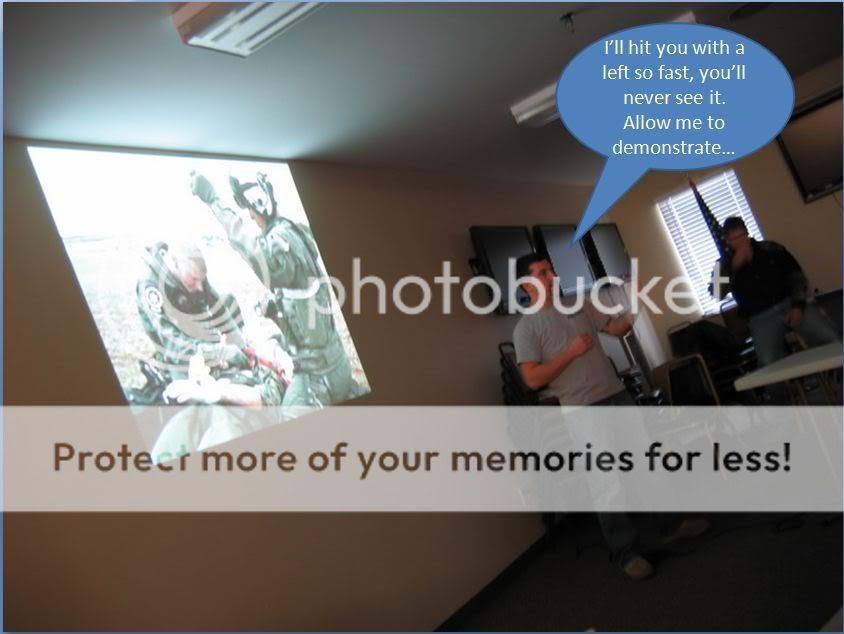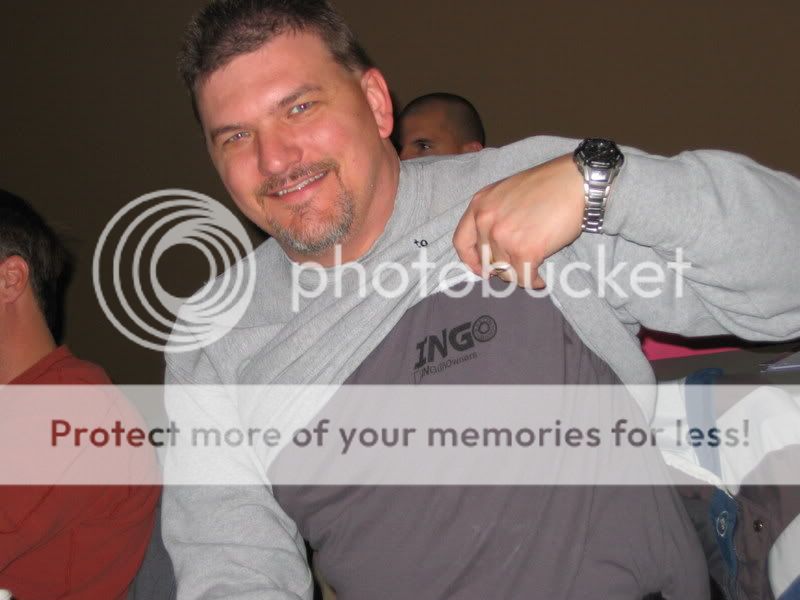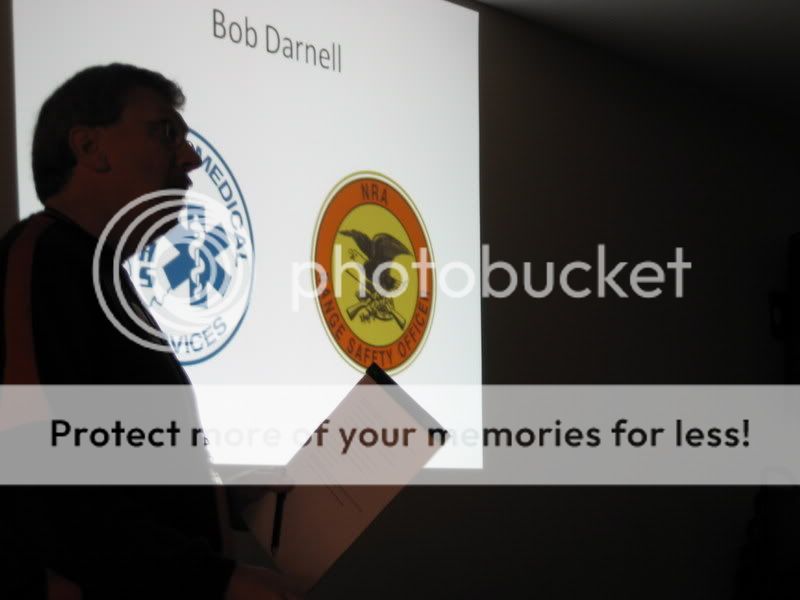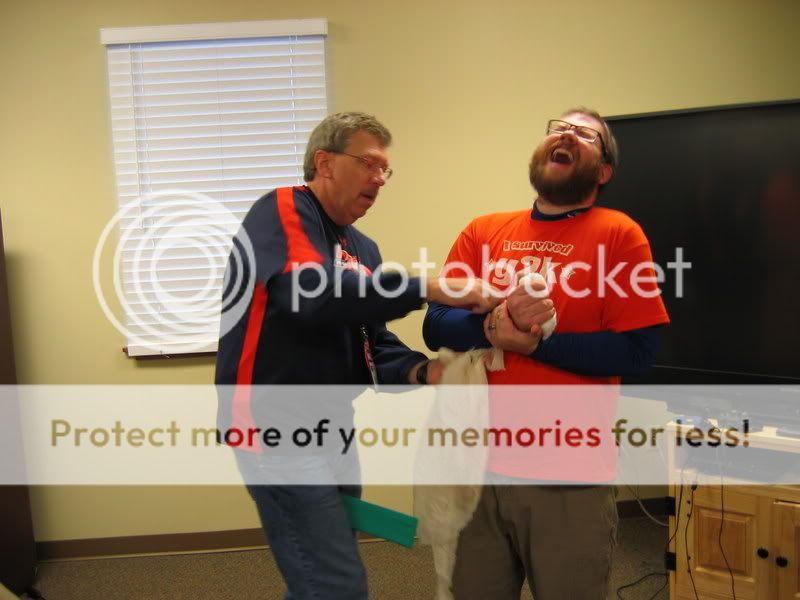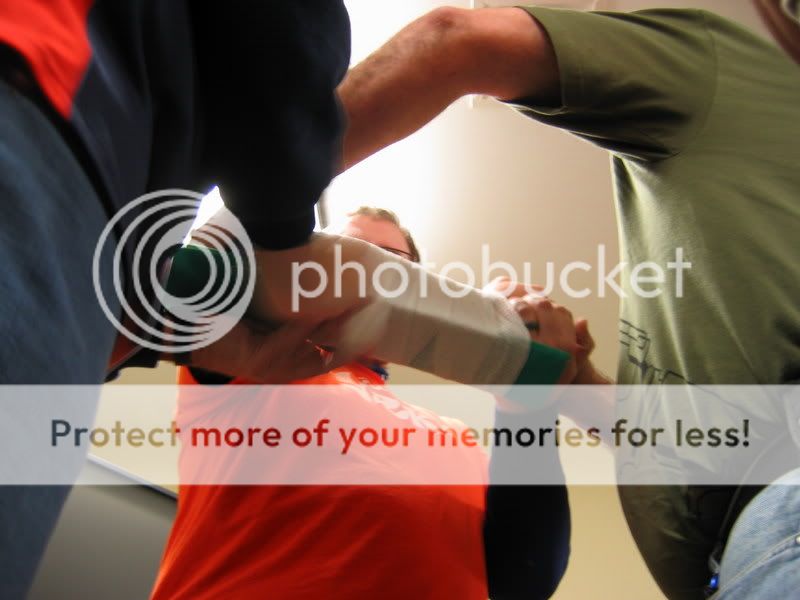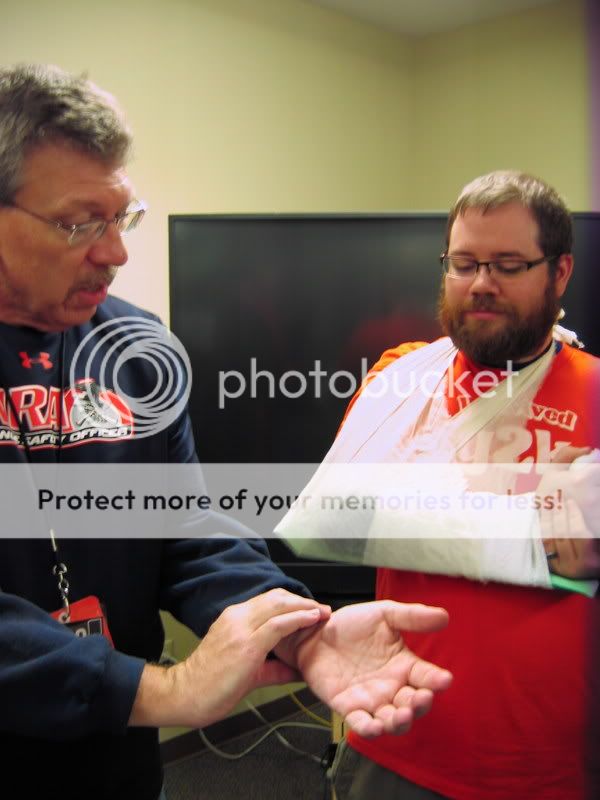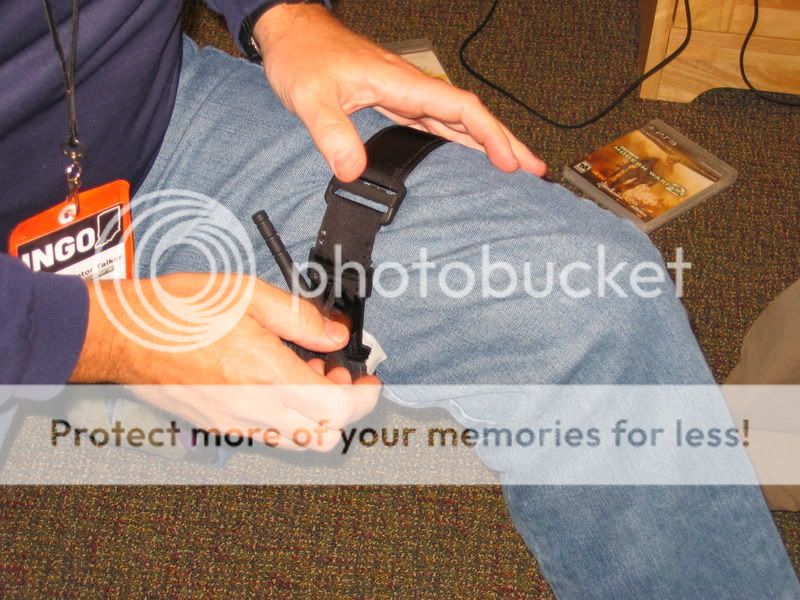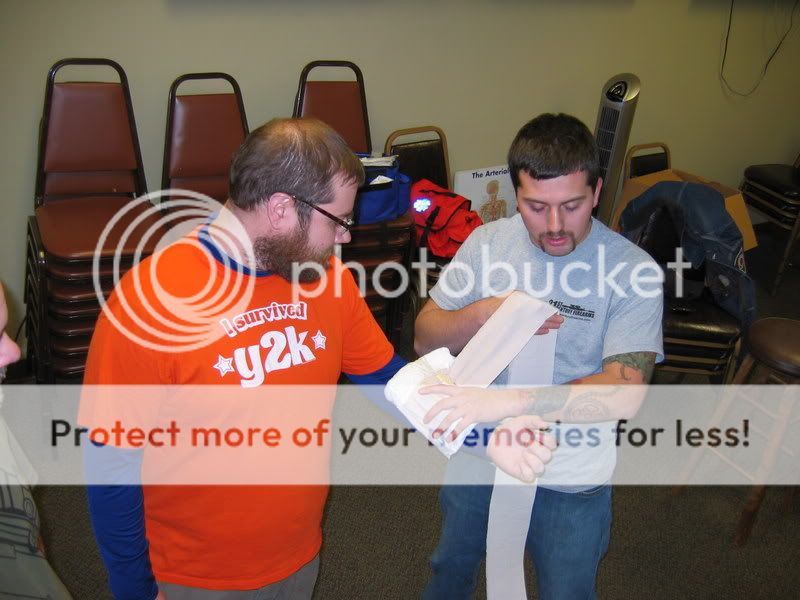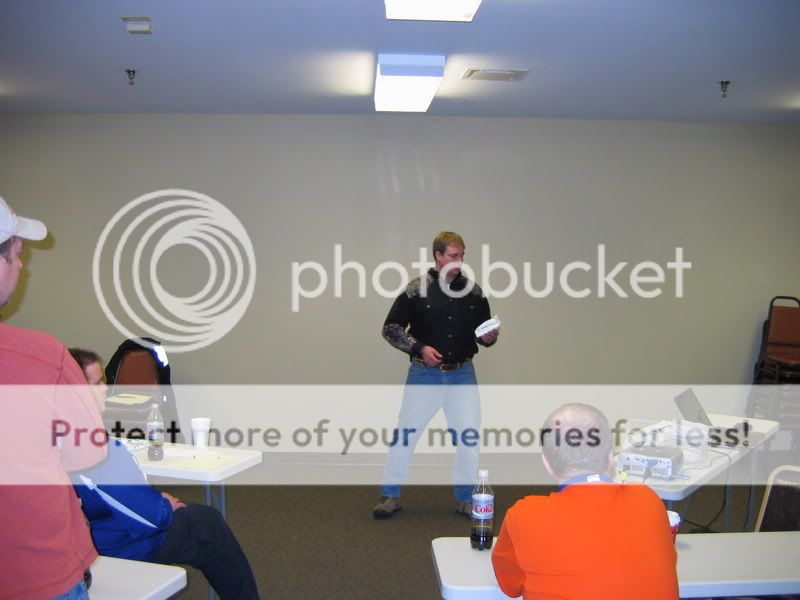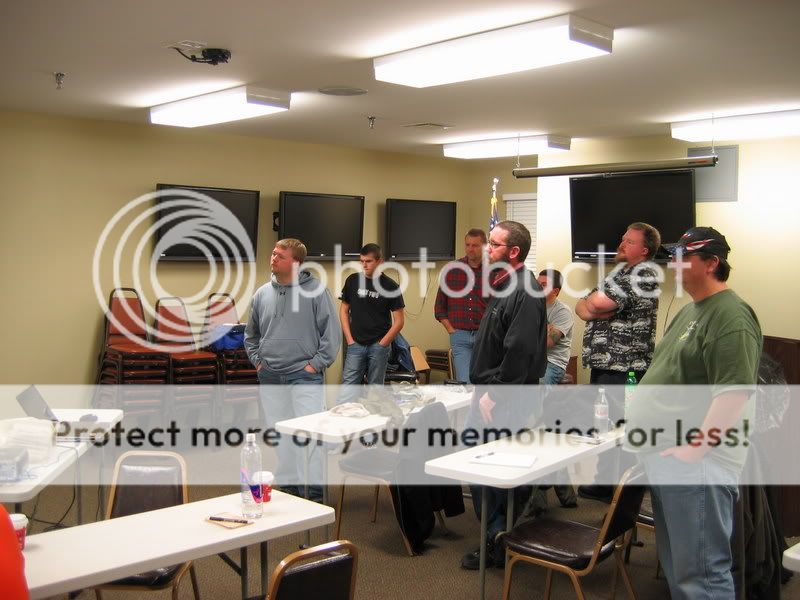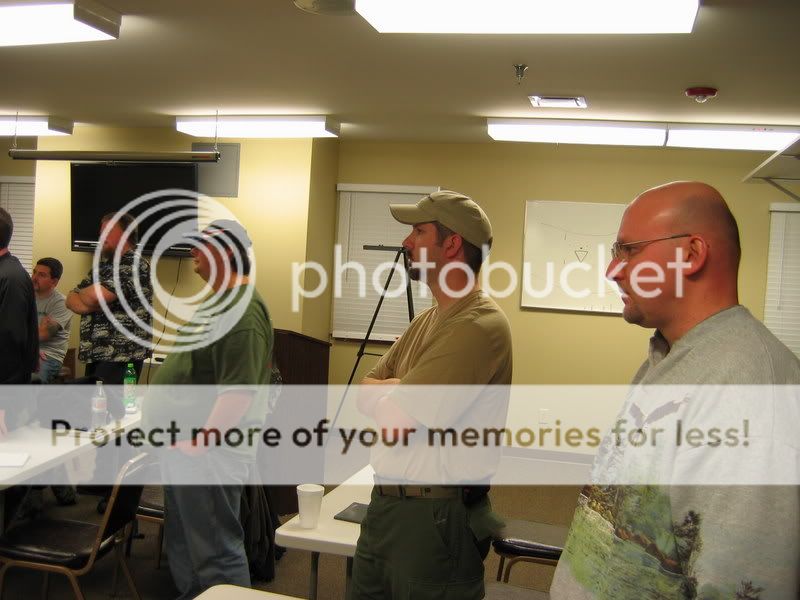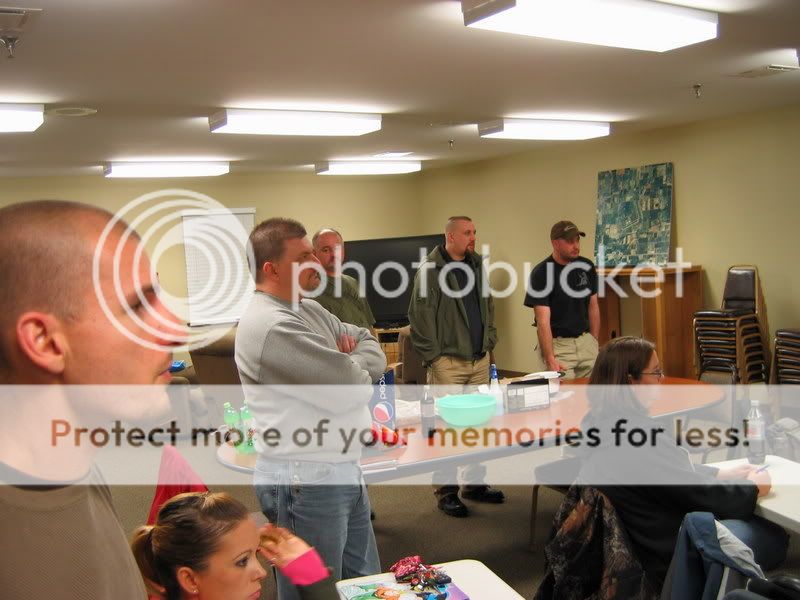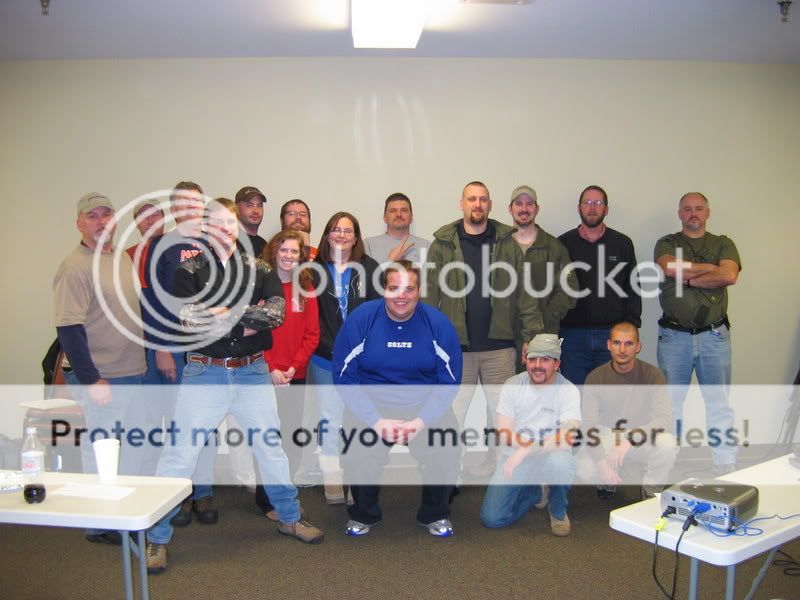I want thank both Matt & Bob for putting this on for us. BTW, also wanted to thank Jared - forgot your name until it was posted below and didn't want to put 'combat lifesaver' dude!
I also wanted to correct something I said in class that I had learned from reading a book. In regards to the elasticity of the liver. The liver is less elastic and less cohesive than other organs and will sustain more damage than surrounding tissue & organs. Temporary and the permanent cavities produced in the liver are larger than those in the muscle. In livers struck by high velocity bullets, the permanent cavity is approximately the size of the temporary cavity.
The temporary cavity is significant because it has the potential of being one of the most important factors in determining the extent of wounding. For this potential to be realized, not only must a large temporary cavity be created but it must develop in strategically important tissue, e.g., a cavity in the liver is more significant than one located in the thigh.
Handgun bullets produce a direct path of destruction with very little lateral extension within the surrounding tissues. Only a small temporary cavity is produced. The temporary cavity plays little or no role in the extent of wounding and a handgun bullet must strike that structure directly. The exception is with high velocity rifle bullets where there is a backward hurling of injured tissue. This material may be ejected from the entrance.
I highly recommend reading Gunshot Wounds- Practical Aspects of Firearms Ballistics & Forensic Techniques, 2nd Edition by Vincent DiMaio to learn more.
I also wanted to correct something I said in class that I had learned from reading a book. In regards to the elasticity of the liver. The liver is less elastic and less cohesive than other organs and will sustain more damage than surrounding tissue & organs. Temporary and the permanent cavities produced in the liver are larger than those in the muscle. In livers struck by high velocity bullets, the permanent cavity is approximately the size of the temporary cavity.
The temporary cavity is significant because it has the potential of being one of the most important factors in determining the extent of wounding. For this potential to be realized, not only must a large temporary cavity be created but it must develop in strategically important tissue, e.g., a cavity in the liver is more significant than one located in the thigh.
Handgun bullets produce a direct path of destruction with very little lateral extension within the surrounding tissues. Only a small temporary cavity is produced. The temporary cavity plays little or no role in the extent of wounding and a handgun bullet must strike that structure directly. The exception is with high velocity rifle bullets where there is a backward hurling of injured tissue. This material may be ejected from the entrance.
I highly recommend reading Gunshot Wounds- Practical Aspects of Firearms Ballistics & Forensic Techniques, 2nd Edition by Vincent DiMaio to learn more.
Last edited:




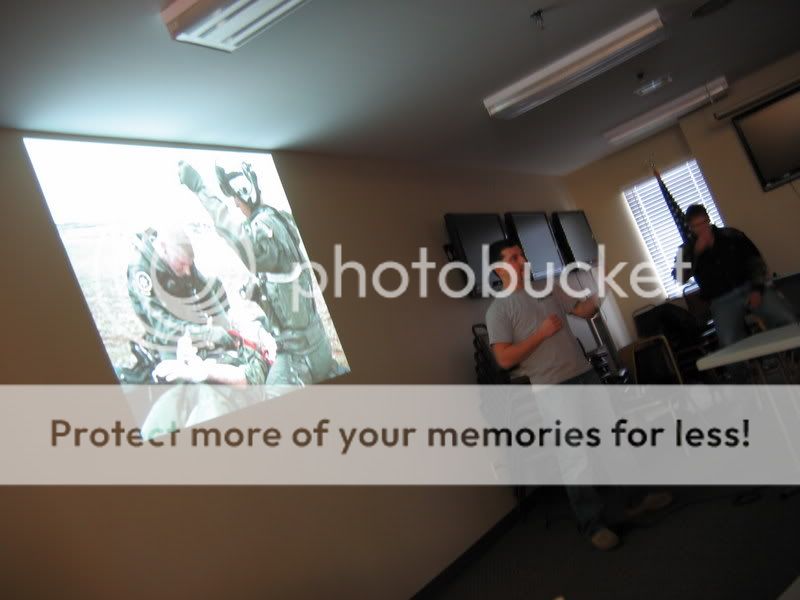
 to the instructors for a great day of instruction.
to the instructors for a great day of instruction. 